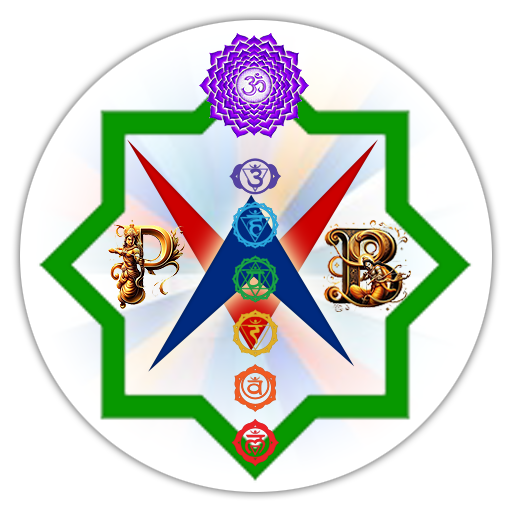శ్రీ మదగ్ని మహాపురాణము - 237 / Agni Maha Purana - 237
- Prasad Bharadwaj
- Jun 28, 2023
- 2 min read

🌹. శ్రీ మదగ్ని మహాపురాణము - 237 / Agni Maha Purana - 237 🌹
✍️. పుల్లెల శ్రీరామచంద్రుడు, 📚. ప్రసాద్ భరద్వాజ
శ్రీ గణేశాయ నమః ఓం నమో భగవతే వాసుదేవాయ.
ప్రథమ సంపుటము, అధ్యాయము - 72
🌻. స్నానతర్పణాది విధి కధనము - 2 🌻
పిమ్మట అంగన్యాసమంత్రములను నాల్గింటిని చదువుచు కుడినుండి ప్రారంభించి ఎడమవైపువరకు హృదయము, శిరస్సు, శిఖ, రెండు భుజములు స్పృశించి, చెవులు, ముక్కు మొదలగు రంధ్రములు మూసికొని, సంముఖీకరణముద్రతో శివ - విష్ణు - గంగలను స్మరించుచు, నీటిలో మునగవలెను. షడంగన్యాస మంత్రములను ఉచ్చరించుచు (ఓం హృదయాయనమః, శిరసే స్వాహా, శిఖాయై వషట్, కవచాయ హుమ్, నేత్రత్రయాయ వౌషట్, అస్త్రాయ ఫట్) నీటిలో నిలచి, రెండు చేతులును కలిపి కుంభముద్రలో స్నానము చేయవలెను. స్నానానంతరము నీటినుండి బైటకు వచ్చి సంహారిణీ ముద్రతో తీర్థమును ఉపసంహరించవలెను.
పిమ్మట యథావిధిగా పరిశుద్ధము, సంహితామంత్రములచే అభిమంత్రితము, నివృత్త్యాదులచే శోధితము అగు భస్మచే స్నానము చేయవలెను. ''ఓం అస్త్రాయ హుం ఫట్'' అను మంత్ర ముచ్చరించుచు శిరస్సునుండి పాదములవరకు భస్మముతో మలస్నానము చేసి, పిదప, యధావిధిగ శుద్ధస్నానము చేయవలెను. ఈశాన - తత్పురుష - అఘెర - గుహ్యక (దేదా వామదేవ) సద్యోజాత మంత్రములతో క్రమముగ శిరస్సు, ముఖము, హృదయము, గుహ్యాంగము, శరీరమునందలి ఇతరావయవములు వీటిపై ఉంచవలెను. మూడు సంధ్యలందును, అర్ధరాత్రమునందును, వర్షాకాలమునకు పూర్వము, అనంతరము, నిద్రానంతరము, భోజనానంతరము, జలపానానంతరము. ఇతరమైన ఆవశ్యకకార్యములు చేసిన పిమ్మట నీవు, ఆగ్నేయస్నానము చేయవలెను. స్త్రీని, నపుంసకుని, శూద్రుని పిల్లిని, శవమును. ఎలుకను స్పృశించి నపుడు ఆగ్నేయస్నానము విధింపబడినది,చుళుకము నిండ పవిత్రజలము పోసికొని త్రాగవలెను.
సశేషం....
🌹 🌹 🌹 🌹 🌹
🌹 Agni Maha Purana - 237 🌹
✍️ N. Gangadharan 📚. Prasad Bharadwaj
Chapter 72
🌻 Mode of bathing and daily worship (snāna-viśeṣa) - 2🌻
10. Having the part on the north and reciting the Śiva-mantra the waters of Śiva should be accomplished. The part on the south (sanctified with the aṅga mantra) should be smeared all over the body from head to foot.
11-12. After having recited the four aṅgamantras and covered all the (nine) apertures (in the body) with the recitation of the sammukhīkaraṇa mantra (mantra accomplishing the presence), one should contemplate Lord Śiva or Lord Hari or the Ganges and plunge into the waters. Then the ṣaḍaṅga mantra (mantra for assigning to the limbs of the body) ending with vauṣat [vauṣaṭ?] should be recited and water poured (over the head).
13-15. One should place water in the pitchers in the east (and other directions) in order to prevent any harm during ablution. Having bathed one should apply sweet perfumes such as emblic myrabolans which are (considered as) royal honour. Having bathed and come out, that water should be made to cease to exist with the saṃhāriṇī (mudrā). One should then bathe [i.e., snāna] from head to foot with the ashes duly purified by the saṃhitā (vedic) mantras or concluding rites with (the recitation) of the mantra huṃ phaṭ.
16-17. Having performed the malasnāna, (bathing with mud), the vidhisnāna (bathing with the recitation of mantras), one should besmear the head, face, heart, and the genital organ with the (mantras of gods) Īśa (Īśāna), Tatpuruṣa, Aghora, Guhyaka and Jāta (Sadyojāta) in the three twilights, night, and. before and after the commencement of rainy season.
18-19. If a person happens to touch a woman, an eunuch, a man of lower caste, a cat, hare or mouse just after getting up from sleep, or eaten food or drunk water one should do the āgneyaka bathing, standing up with uplifted arms, the face having turned towards the east, being cleansed by the shower of sun’s rays.
Continues....
🌹 🌹 🌹 🌹 🌹




Comments